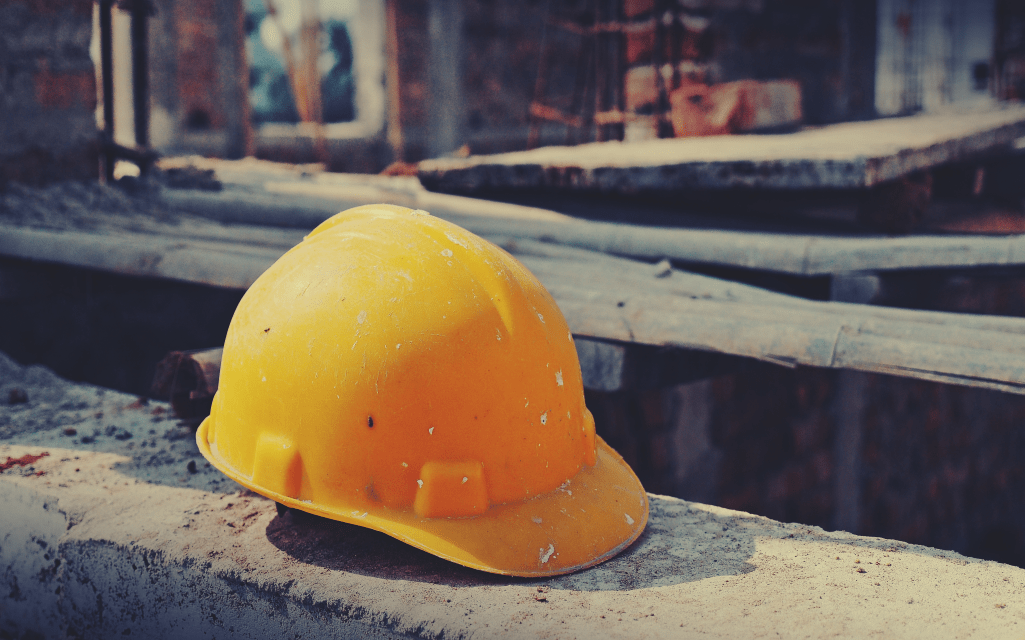Although there are uncountable OSHA programs aimed at promoting fall protection, falls from heights is still a serious challenge to occupational safety. There is great responsibility that comes with working at great heights. It is not enough to just have protection equipment, but proper use of fall protection equipment is crucial.
According to OSHA, a significant number of fall accidents can be avoided. This article reflects on several misuses of fall protection equipment and how to overcome them.
Warning line systems – It’s just a myth
That warning lines offer any level of fall protection is a misguided assumption. These lines cannot prevent a person from involuntarily going into danger zone. Additionally, they often don’t meet safety requirements.
Warning line systems should be set up properly to do the most they can – show you the area you should confine yourself to reduce your exposure to a fall.
OSHA standards specify the “safe” distance from the edge. There’s no work that should happen between the line and the edge of the structure.
Improper equipment fit
Failure to inspect harness properly or at all before every use is the main cause of this problem. Critical signs of damage or fatigue can only be identified during careful inspection of the equipment.
There are some instances where a harness that has failed inspection is still used. This is absolutely dangerous and unwise.
Workers need to be trained thoroughly on proper inspection and adjustment of harness to reduce the risk of using improper equipment and faulty fit. Remember: A snug fit is a safe fit.
Inappropriate/ Insufficient Anchorage Strength
Being tied off to something (anything) is better than having nothing on. WRONG!!
Many individuals use lanyards as tiebacks not knowing that the majority of lanyards are not tiebacks. Using them as so increases you risk of falling because the equipment can easily get damaged.
Selecting an appropriate anchorage for your protection system is just as important as the system itself. But what are the right requirements for safe anchorage?
Parameters for a safe anchorage are well defined by OSHA and the main points include:
Anchorage must support 5000 pounds per attached worker, or
Must be designed, set up and used as a complement of a complete personal fall arrest system with a safety factor of at least 2 and under qualified supervision
Anchorage must be rigid and with a deflector not greater than 0.04 inches when a 2250-pound force is applied.
A beam clamp or beam strap built as an anchorage connector can be used to solve the problem of insufficient anchorage.
Snap hook incompatibility
First, snap hooks aren’t designed to be used for loading. Secondly, there’s a question of snap hook compatibility. According to OSHA, snap hooks should be sized in an appropriate way so that they connect properly with the member to prevent sudden disengagement. Snap hooks should only be engaged if they are locking type. They should NOT be hooked directly to rope, webbing or wire, to each other, to a D-ring which is attached to another connector or snap hook, to a horizontal lifeline, or to any other object that is shaped or dimensioned incompatibly.
Self-retracting device mistakes
A common mistake here is to use a twin-leg as a self-retracting device. To avoid this confusion, know the specifications for twin-leg energy. This helps to avoid attaching anchorages to both legs simultaneously.
Self-retracting devices are great fall arrest systems but can be dangerous if improperly used. Though it seems like a simple seat belt, there is more to it. Below are some safety precautions to observe when using these systems:
The best place for using a retractable is overhead.
If it is used at your feet (be very careful here), the line must be maintained in vertical position. It cannot lie on its side because this will affect the fall distance.
Recertification requirements – some lifelines need recertification. Frequent maintenance should help to ensure that the retractable functions optimally and its life is extended.
Problems to watch out for while using a retractable include swing falls, mixing and matching incompatible equipment, and locking and breaking hazards.
Having the right fall protection equipment is great but making sure they are used properly is equally important in avoiding fall accidents. Check out Fall Protection Pros for all fall protection equipment – whether for residential or commercial roofing, steel erection, bridge construction and any other great height working environment.



